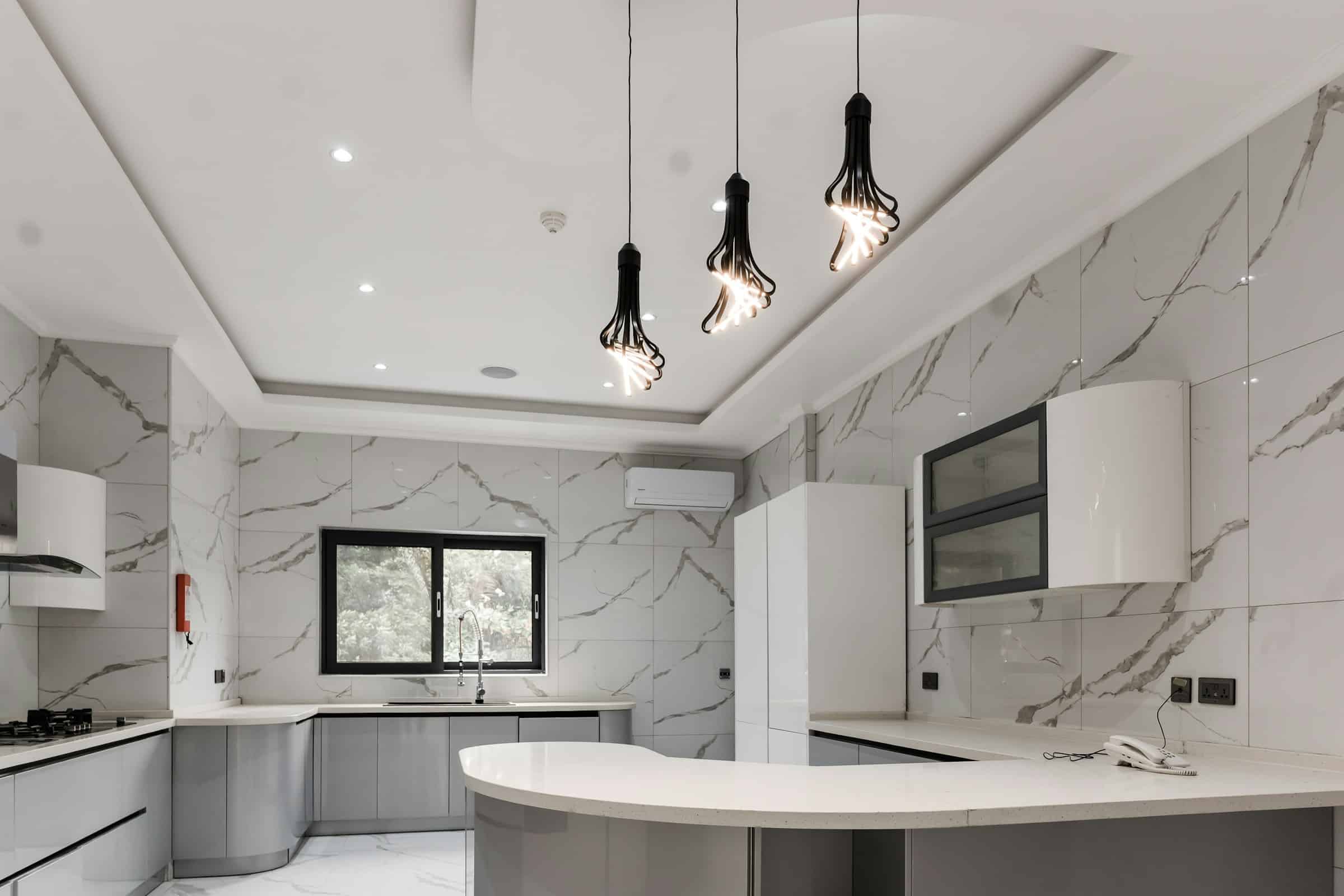How to Create an Energy-Efficient Home Lighting Plan Using Smart LEDs?

In the quest for smarter, more energy-efficient homes, lighting plays a pivotal role. The right lighting design, incorporated with the use of technology, can significantly reduce energy consumption while enhancing the aesthetics of your living space. This article aims to provide you with a comprehensive guide on crafting an efficient home lighting plan using cutting-edge smart LED technology.
Understanding the Basics of Lighting Design
Before delving into the specifics of smart LED technology, it’s essential to grasp the rudiments of lighting design. Lighting design is more than just choosing attractive fixtures or deciding where to place your lights. It is an art that combines aesthetics, functionality, and energy efficiency to create spaces that are well-lit, inviting, and sustainable.
Also to discover : What Are the Best Plants for a High-Humidity Bathroom Environment?
The first step in creating a lighting plan is to understand your space and the impact of natural light. This involves recognizing the orientation of your rooms, the quality, and the quantity of natural light they receive, and the color palette used. Understanding these elements allows you to determine the type of lighting sources required, their placement, and control mechanism.
The Power of Smart LED Lights
LED lights have revolutionized the lighting industry due to their energy efficiency and durability. Leveraging them in your home lighting plan can significantly reduce your power consumption. However, the advent of smart LEDs has taken this efficiency to a new level.
Also read : How to Design an Indoor Atrium with a Glass Roof for Year-Round Sunlight?
Smart LEDs are LED light bulbs that can be controlled remotely, usually via a mobile app. These bulbs offer a range of features from dimming to changing colors, setting schedules, and even integrating with other smart home systems. This high level of control not only contributes to energy efficiency but also allows for a high degree of customization in your lighting design.
Incorporating Smart LEDs in Your Home
Integrating smart LEDs into your home lighting design is not as complicated as you might think. The first step is to choose bulbs with the right color temperature. Color temperature is measured in Kelvin (K) and describes whether a light source will appear warm (lower K) or cool (higher K).
For instance, if you wish to create a cozy and inviting atmosphere in a living area, opt for bulbs with a lower Kelvin rating (between 2200K to 3000K). Conversely, for a more alert and productive environment like a study or a kitchen, consider bulbs with a higher Kelvin rating (between 3500K to 5000K).
Once you’ve selected the right color temperature, you can proceed to place your smart LEDs strategically for optimum lighting and energy efficiency. For example, task lighting in the kitchen or study could be achieved with focused, bright smart LEDs, while ambient lighting in the living room can utilize softer, dimmable smart LEDs.
Energy Efficiency and Smart Control Systems
The true power of smart LEDs lies in their integration with smart control systems. These systems enable you to automate your lights, set schedules, and even control your lights remotely. This not only contributes to energy efficiency but also adds a level of convenience and customization.
For instance, you can program your lights to turn off automatically when you leave a room or turn on at a specific time of day. You can even synchronize your lighting with your daily routine, such as having softer lights in the morning as you wake up and brighter lights during the day when you are most active.
The Role of a Lighting Scholar
A lighting scholar is an expert in the field of lighting design and its impact on energy consumption. Consulting with a lighting scholar can be invaluable in your journey to create an energy-efficient home lighting plan. They can provide guidance on the most energy-efficient lighting design for your space, recommend the best smart LEDs and control systems, and even assist in their installation and programming.
Creating an energy-efficient home lighting plan using smart LEDs is a rewarding journey that can result in significant savings on your energy bills, a more beautiful and comfortable living space, and a reduced carbon footprint. By understanding lighting design, taking advantage of smart LED technology, and consulting with a lighting scholar, you can transform your home into a beacon of sustainability and efficiency.
The Potential of Smart Home Integration with Smart LEDs
Expanding the integration of smart LEDs with a comprehensive smart home system opens a realm of possibilities for energy efficiency and personalized comfort. Smart home systems like Google Home or Amazon Alexa can seamlessly connect with your smart LED lights, creating an interconnected network that optimizes energy consumption and enhances the overall home ambiance.
The integration process is usually simple. Most smart LED manufacturers offer a compatible app that connects the LEDs to your smart home system. You should confirm compatibility before purchase to ensure a seamless experience. Once the smart lights are connected, you can control them via voice commands or through your smart home system’s app.
These smart home systems can do more than just turning your lights on and off. They can adjust the brightness and color based on the time of day, weather, and even your mood. For example, you can set a ‘movie mode’ where the lights dim and change color when you start watching a movie. These customizations not only create a personalized and cozy home environment but also contribute to energy saving as they adjust the lighting levels based on need.
Moreover, smart home systems can analyze your usage patterns and optimize your lighting control for maximum energy efficiency. They can turn off lights in unoccupied rooms, dim them during daylight, and even suggest energy-saving settings. They can become an integral part of your efficient lighting plan, contributing significantly to reducing your overall energy consumption.
Conclusion: The Future of Home Lighting
The future of home lighting is here with smart LEDs and comprehensive smart home integration. No longer is lighting just about illuminating spaces. It’s about creating environments that reflect your aesthetic, cater to your needs, and prioritize energy efficiency.
Understanding the basics of lighting design and the technology of smart LEDs is the first step towards creating an energy-efficient home lighting plan. The next step is to strategically place these lights in your home and integrate them with a smart control system. To maximize the potential of this technology, consider consulting with a lighting scholar. Their expertise in the field can provide guidance on creating the most efficient and visually appealing lighting solutions.
The integration of smart home systems further enhances the capabilities of smart LEDs, providing convenience, personalization, and optimization of energy consumption. The analytical capabilities of these systems can help you understand your energy usage better and make smarter, more sustainable choices.
In conclusion, creating an energy-efficient home lighting plan using smart LEDs is more than just an exercise in reducing energy bills. It’s a commitment to a more sustainable lifestyle and a step towards smarter living. It’s an investment in a home that’s not just beautifully lit but also energy-efficient and aligned with your personal preferences and lifestyle. The future of home lighting is not just bright but also smart and sustainable.
